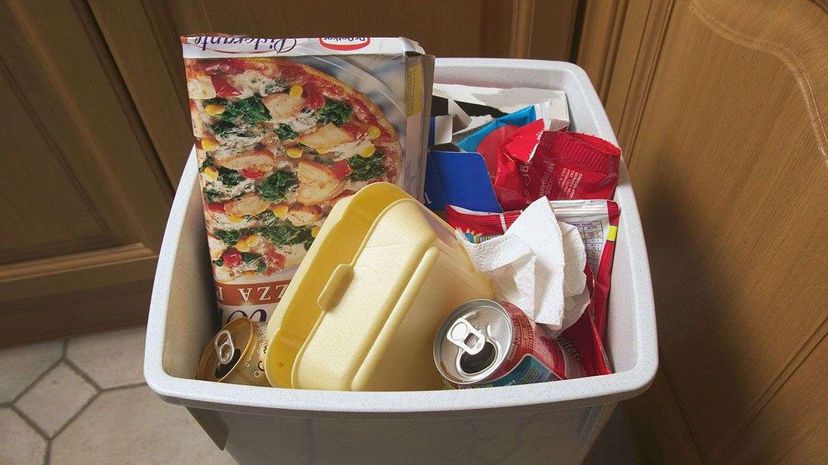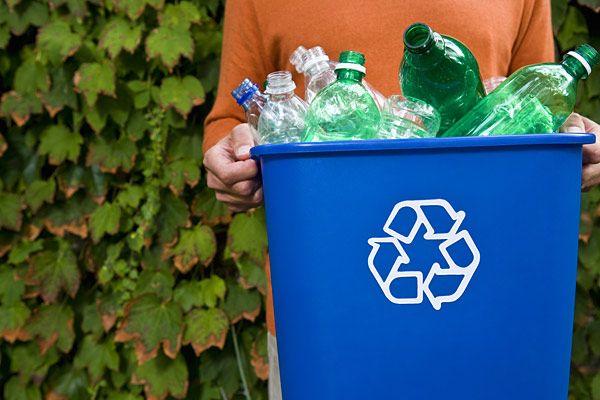
Recycling is a civic and moral duty, but it also can be a pain in the neck. Consider the humble plastic coffee cup. Many of us dutifully toss our coffee shop cups and lids in the recycle bin, assuming that the discarded cups will be refashioned into some kind of eco-friendly baby toy for needy children. Truth is, it's probably going to the landfill. Plastic coffee cups have a waterproof lining that's difficult to recycle, so most recycling facilities toss them in the trash.
We all want to be good recyclers; we want to do the right thing. But if you rush to recycle — without understanding how recycling actually works — you'll end up sending even more stuff to the garbage heap. Sorry to break it to you, but most likely, you're recycling wrong.
Advertisement
Don't take it from us. We spoke with Erica Deyarmin-Young, Western Pennsylvania public affairs coordinator for Waste Management, the largest residential recycler in North America. Every week, fleets of green Waste Management trucks pick up millions of curbside recycling bins. She gave us some insight into the mistakes consumers most often make.
